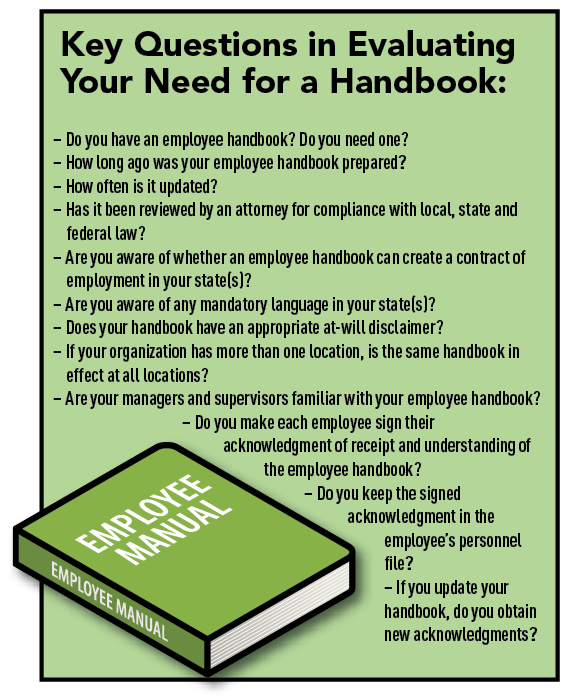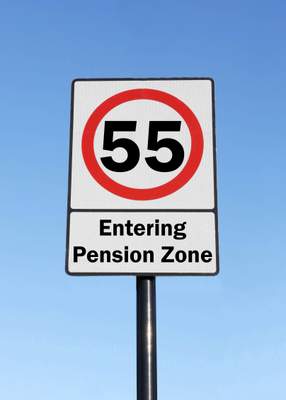As most repair shops already realize, paying their employees involves much more than simply writing a check. Business owners must calculate tax payments, monitor hundreds of state and local jurisdictional requirements, and keep up with new-hire reporting, quarterly and annual tax returns, direct deposits and issuing W-2s.

A good employee handbook records the company’s rules and communicates them to your employees in an easy, understandable way. If a handbook is well drafted, it provides helpful information on what’s expected from employees and what they can expect from their employer. It can also provide the foundation for any employment decisions you need to make and – if the situation arises – form the backbone for the defense of many lawsuits brought against you by employees.

Perhaps the worst time to look to hire a technician, is when we lose one. At that point we go into “Crisis Hire” mode. We most often settle for anyone, rather than taking our time to find the right person. We need to take a lesson from large organizations and sports teams. Their strategy? They continually recruit. I did not say continually hire, I said continually recruit.
The Fair Labor Standards Act and State Wage and Hour laws regulate things such as overtime pay, minimum wage, record-keeping and more for virtually every employer, regardless of size or sector. Violations of federal and state Wage and Hour regulations can completely shut a business down, particularly a small business, because the costs associated with wage and hour claims are staggering.

Are you working on your business or in it? This is a question that I challenge every automotive service center owner and manager to seriously consider. I can’t tell you how many times I’ve gone to a repair shop only to find the manager on duty in the service bays, tools in hand, working on a customer’s car.
Have you taken a look around our industry lately and made the same observation that I have? We are getting pretty old. From the parts house counterman to the shop owner, we are seeing a lot more grey hair and maybe a few more comb overs. In fact, statistics indicate that the average age of a shop owner is 55!


